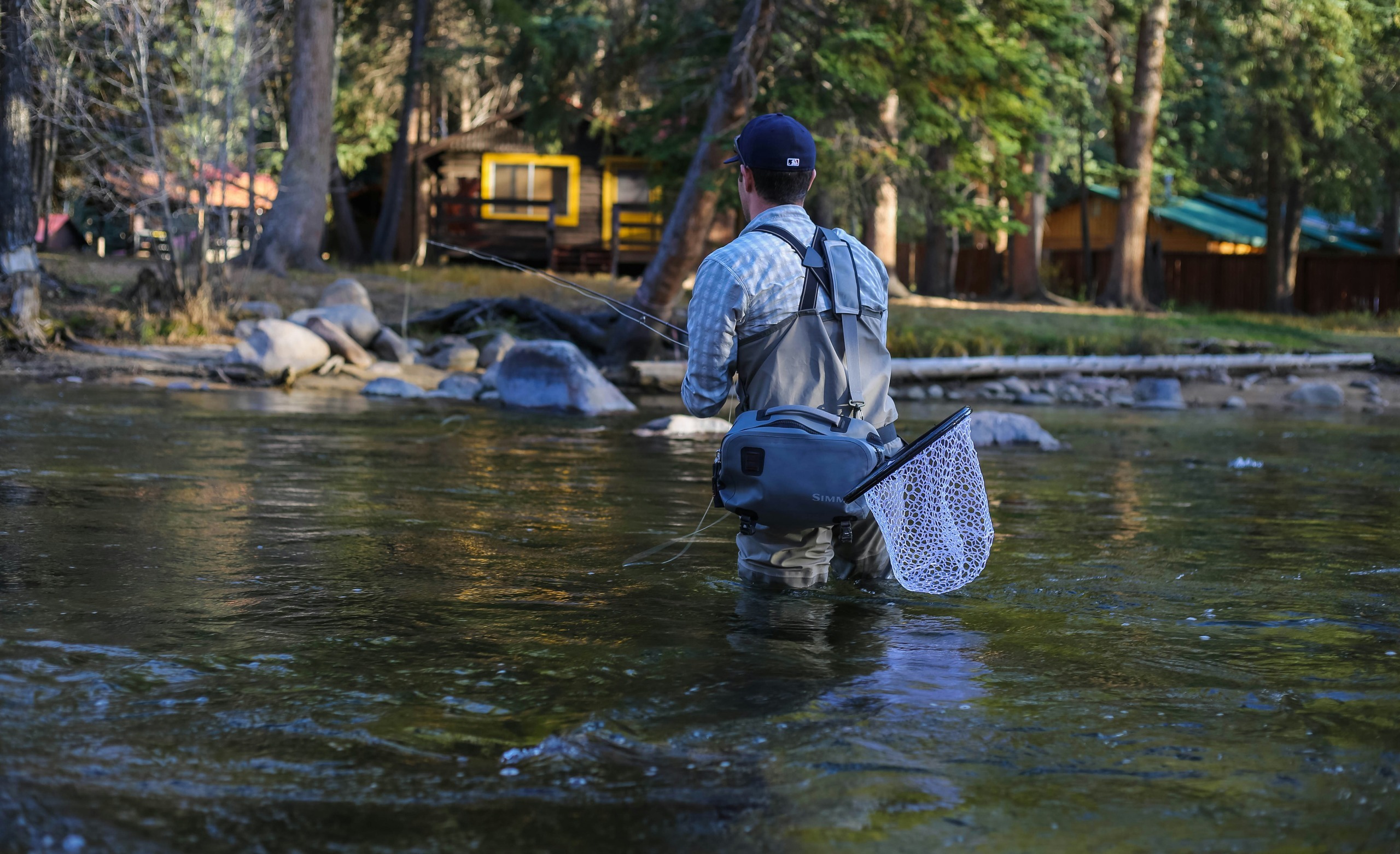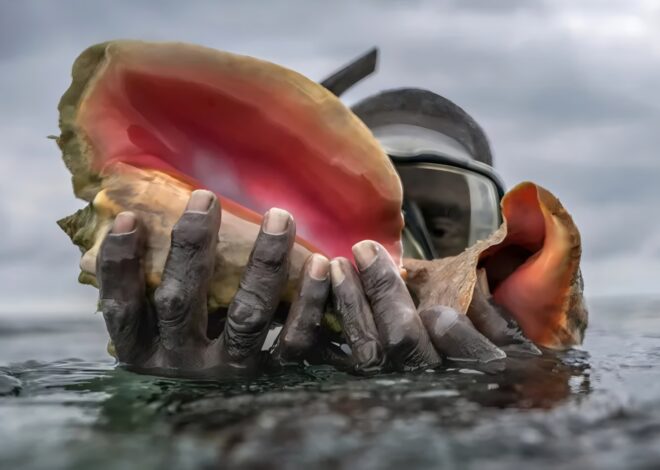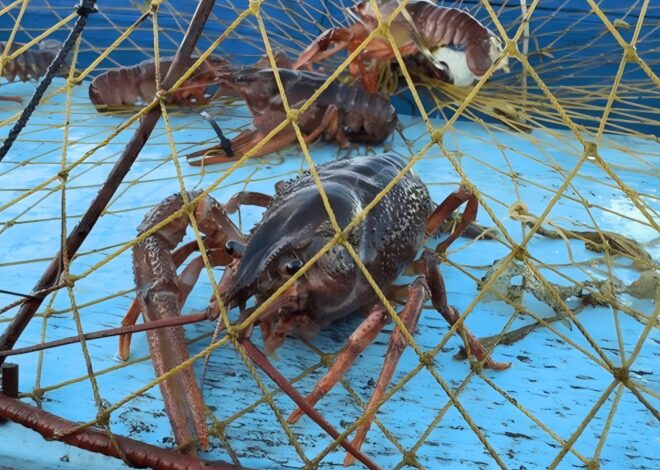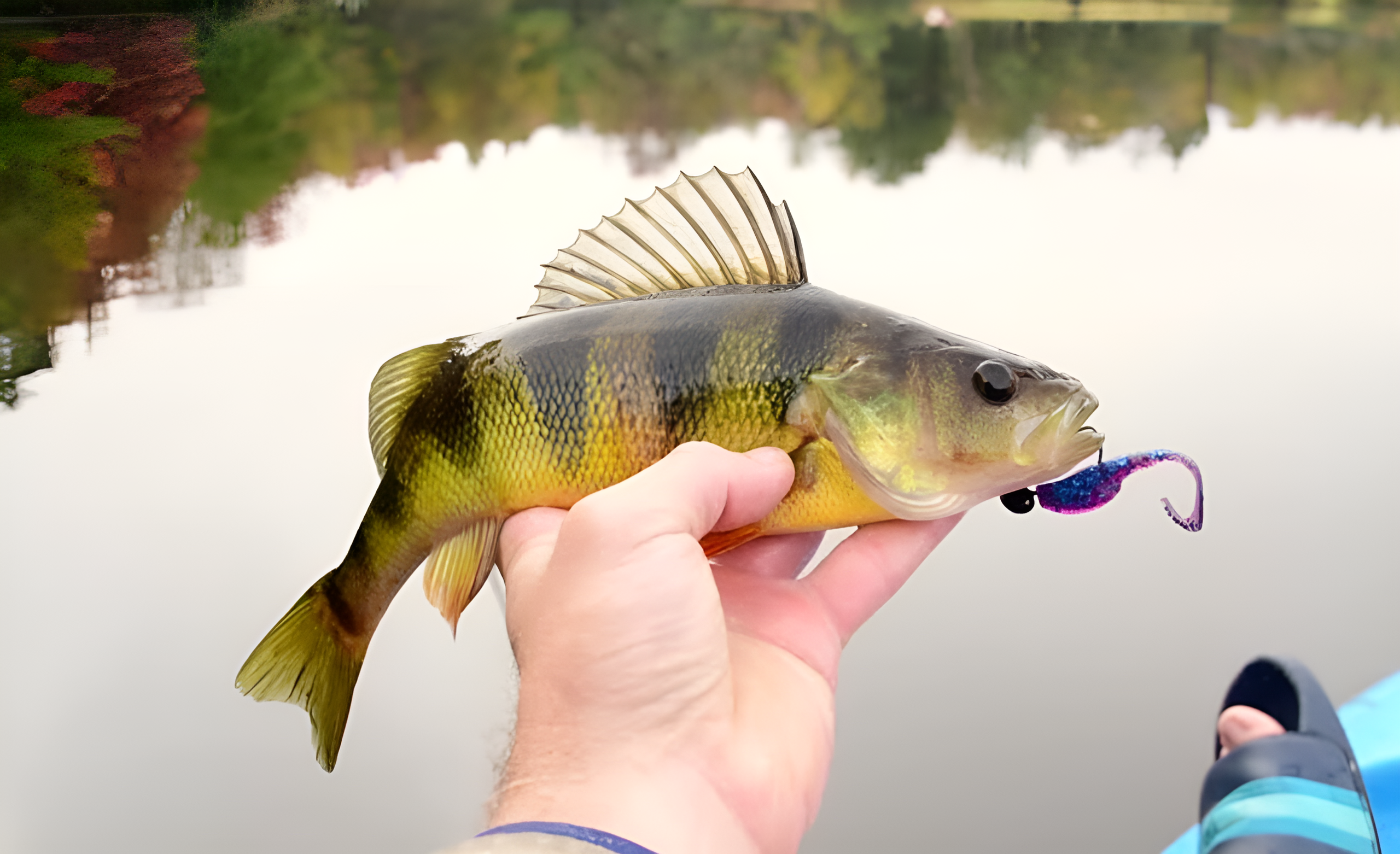
How To Catch Trout With Flies
Whether you’re a seasoned angler or a curious novice, understanding how to catch trout with flies can elevate your fishing experience. Imagine standing by a serene stream, the gentle sound of water flowing around you. The sun glints off the surface, and your heart races with anticipation as you prepare to cast your line.
Fly fishing for trout isn’t just about catching fish; it’s an art form that connects you with nature in profound ways. This method offers unique challenges and rewards that traditional fishing often lacks. With every cast, there’s potential for excitement—a tug on the line that signals a feisty trout is taking interest.
Join us on this journey into the world of fly fishing for trout. We’ll explore essential techniques, equipment choices, and tips that will make your time on the water more fruitful than ever before. Get ready to embrace the thrill of casting flies and reeling in those elusive beauties!
What is Fly Fishing?
Fly fishing is a specialized angling method that mimics the natural movement of insects to attract fish. Unlike traditional fishing, where bait is often used, fly fishing relies on artificial flies crafted from various materials. These flies can resemble everything from tiny bugs to larger aquatic creatures.
The art lies in how these flies are presented on the water’s surface or beneath it. Anglers use a lightweight line and rod designed specifically for this technique. This setup allows them to cast with precision and finesse, enhancing their chances of enticing trout.
The experience combines skill, patience, and an appreciation for nature. For many enthusiasts, it’s not just about catching fish but connecting with the environment around them.
Why Use Flies for Trout Fishing?
Using flies for trout fishing opens up a world of possibilities. Flies mimic the natural food sources that trout eagerly seek, such as insects and small baitfish. This makes them highly effective in attracting fish. Another advantage is versatility.
With various types and colors, anglers can adapt their approach based on water conditions or seasonal changes. A well-chosen fly can entice even the most cautious trout. Fly fishing also provides a unique challenge. The art of casting requires skill, patience, and finesse—qualities that many find rewarding to master.
Each successful catch feels like an accomplishment earned through dedication. Moreover, fly fishing connects you with nature in a profound way. The rhythm of casting and the tranquility of water create an immersive experience unlike any other method. It’s not just about catching fish; it’s about enjoying every moment spent on the water.
Essential Gear and Equipment for Fly Fishing
When embarking on your fly fishing adventure, having the right gear is crucial. Start with a quality fly rod. A medium-weight rod offers versatility for various trout species. Pair it with a matching reel that has a smooth drag system. This allows you to manage those spirited fights without hassle.
Next, consider your line and leader. Floating lines are popular for surface flies, while sinking lines work well when fishing deeper waters. Don’t forget about the flies themselves! Stock up on an assortment of dry flies, nymphs, and streamers tailored to local trout habits.
A sturdy vest or pack will keep everything organized and accessible while you’re on the water. Don’t overlook polarized sunglasses; they help reduce glare and improve visibility in the water—essential for spotting fish lurking below the surface.
The Different Types of Flies
When it comes to fly fishing, the type of flies you choose can make all the difference. There are three main categories: dry flies, wet flies, and nymphs. Dry flies float on the water’s surface. They imitate insects like mayflies or caddisflies that trout love to snack on.
Watching a trout rise to take your dry fly is thrilling. Wet flies sink beneath the surface, mimicking drowning insects or larvae. These are effective when fish are feeding below the top layer of water. Nymphs represent immature stages of aquatic insects and usually inhabit riverbeds. Trout often feed on these subsurface meals throughout their life cycle.
Each type has its unique role in enticing trout under varying conditions. Selecting the right one based on weather, time of day, and water temperature can enhance your chances significantly. Understanding these distinctions is key to mastering how to catch trout with flies.
The Basics of Fly Fishing Equipment
When you set out to catch trout with flies, having the right equipment is essential. The foundation of your setup begins with a fly rod. These rods are typically lightweight and flexible, designed specifically for casting flies. Next is the fly reel.
This component stores the line and helps manage it during a fight with a fish. A good reel can make all the difference in maintaining control over your catch. The fly line itself should match both your rod weight and fishing conditions. It comes in floating or sinking options, depending on whether you’re targeting surface feeders or those lurking below.
Don’t forget about tippets and leaders! These lines connect your main line to the fly, offering stealth as they’re often nearly invisible underwater. Invest in quality flies that mimic local insects or baitfish. With these basics covered, you’re well on your way to mastering how to catch trout with flies.
Understanding the Behavior and Habits of Trout
Trout are fascinating creatures with unique behaviors that can significantly influence your fishing success. They thrive in freshwater environments, often found in streams, rivers, and lakes. The water temperature plays a crucial role in their activity levels.
When temperatures rise above 70°F, trout become lethargic. They prefer cooler waters that range between 50°F and 65°F for optimal feeding and movement. Trout are opportunistic feeders. Their diet varies depending on the season but generally includes insects, crustaceans, small fish, and even amphibians.
Understanding what they eat at different times of the year can help you select the right flies. Their feeding patterns also change throughout the day. Early mornings and late afternoons tend to be prime times for catching them as they venture closer to the surface searching for food.
Observing their habitat is equally important; look for areas with structure like rocks or submerged logs where trout feel secure while hunting prey.
Selecting the Right Flies for Different Types of Trout
Selecting the right flies for different types of trout can significantly enhance your fishing experience. Each species has unique feeding habits and preferences that influence their attraction to specific flies. For instance, rainbow trout often go for bright and flashy patterns.
Consider using nymphs or streamers with vibrant colors to entice them. Brown trout, on the other hand, are more selective eaters. They prefer natural-looking insects. A well-presented dry fly mimicking mayflies can yield great results. Brook trout thrive in colder waters and respond well to smaller patterns.
Tiny midges or small wet flies can be particularly effective here. Observing the environment is key too. Take note of what insects are hatching in your location; matching these with your fly selection increases your chances of success dramatically. Understanding each type’s behavior will guide you toward selecting the perfect flies for an unforgettable catch.
Techniques for Catching Trout with Flies
Casting techniques are crucial when it comes to catching trout with flies. A well-timed cast can make all the difference. Aim for smooth, controlled movements to place your fly precisely where you want it. Consider using a technique called “mending.”
This involves adjusting your line on the water’s surface after casting. It helps eliminate drag and allows your fly to drift more naturally, enticing those elusive fish. Another effective method is the “dead drift.” Here, you let your fly float downstream without any movement from you.
Trout often see this as an easy meal, especially during hatches when insects are abundant. Don’t forget about retrieving techniques either. Stripping retrieves involve pulling in line quickly after letting the fly sink a bit. This can mimic distressed prey and trigger strikes from aggressive trout eager for a meal.
Experimenting with these various techniques will enhance your chances of success while fishing for trout with flies.
Tips for Successful Trout Fishing
Timing is everything in trout fishing. Early mornings and late afternoons are prime times when trout are most active. Be mindful of the weather. Overcast days can bring out fish, while bright sunlight might make them retreat to deeper waters.
Patience is key. Sometimes it takes several casts before you get a bite. Stay calm and enjoy the moment. Observe your surroundings closely. Look for rising fish or insects on the water’s surface as they indicate what flies might be effective that day.
Keep your gear clean and organized. A tangled line can lead to missed opportunities. Practice your casting technique regularly. The more accurate you become, the better your chances of placing your fly where trout feel safe to feed!
Conclusion: The Joy of Fly Fishing and Catching Trout
The joy of fly fishing for trout lies in the tranquil connection between angler and nature. It’s not just about catching fish; it’s about the experience. The gentle splash of water, the rustle of leaves, and the thrill of a catch create lasting memories. Fly fishing offers a satisfying challenge.
Each cast has potential, each bite is exciting. As you refine your skills with different techniques and flies, you’ll feel more accomplished with every successful catch. Whether you’re new to this art or an experienced angler, there’s always something new to learn on your journey. Exploring various waters can lead to unexpected discoveries and hidden gems where trout thrive.
Embrace the moments spent outdoors—each trip is a chance to connect with nature while honing your craft. When you master how to catch trout with flies, you’ll find that it transforms into both an art form and a lifelong passion. So grab your gear and head out; adventure awaits on every stream!




-Fly fishing sounds interesting!
-I think that catching trout seems pretty advanced in and of itself, so fly fishing definitely sounds like a necessity to learn if you want to become good at it.
-There’s probably not another way of trying to lure them in, so it sounds like fly fishing is the go-to for being able to catch them constantly.
-It’s not really my expertise, but I promise to look into it more; great introduction, really.
-Best,
ALEJANDRO G.
Hey Alejandro,
Thanks for stopping by and sharing your thoughts with us today. Fly fishing is an art and a great way to catch a mountain trout. It is much different than bait fishing and requires a lot of skill. I’m not suggesting there is no skill needed for bait fishing because there is. That’s a topic for another day.
If you are interested in fly fishing. I would suggest you learn from a pro. There are lots of resources online so be sure to check them out. You can also go to a local area where you are likely to find people fly fishing. You’d be surprised on how friendly the fly fishing community is and just may find someone to mentor.
Happy fishing!